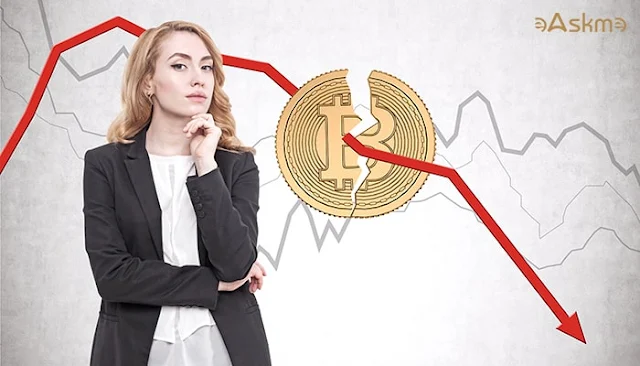eAskme reported the transaction of 80,000 bitcoins worth $8.6 billion on Friday, 4th July 2025. The coins transferred from the dormant wallets that were not touched in the last 14 years.
Transfers from 8 dormant bitcoin wallets have raised the eyebrows of crypto enthusiasts. Arkham reported that the huge bitcoin transfer is just an upgrade from an old wallet to a new wallet.
The upgradation of $8.6 billion crypto wallets has flooded the internet with all sorts of crypto theories.
Here is what is happening now.
80,000 Bitcoin Worth $8.6 Billion from the Satoshi Era:
The recent movement of 80,000 bitcoins is the same bitcoins that were bought during 2011. It was the time known as the Satoshi Era. It is also the same time when investors ignored Bitcoin with a doubt that it may even reach the $1 price tag.
The 80,000 bitcoins were stored in 10 wallets. Each wallet contained 10,000 bitcoins. The wallets were dormant for the last 14 years.
The sudden transfer from all 8 wallets at the same time explains that they were under the control of the same person.
Theories of Satoshi Era 80,000 Bitcoin Transfer:
Here are the most popular theories shared by Bitcoin investors and enthusiasts regarding the recent upgrade of 80,000 bitcoins.
- It is just an upgrade from the old wallet to the new wallet. The reason is to lower the cost and ease maintenance. These bitcoins are not going on sale.
- Another theory suggests that these were the same bitcoins reported in the Reddit post. It was claimed that Satoshi has saved bitcoin in these wallets for his next generations.
- Another theory of the recent wallet upgrade tells that the massive bitcoin upgrade is the part to influence the bitcoin price. The believer in this theory says that once the price reaches the peak level, these wallets will sell 80,000 bitcoins in the market.
Who owns the 80,000 Bitcoins?
In the 2023 Reddit post, it was claimed that 6 bitcoin wallets with 10,000 bitcoins in each wallet were owned by the Winklevoss twins.
Some even speculated that these were Satoshi's inheritance to his children.
How much are 80,000 Bitcoins worth?
In 2011, these 80,000 bitcoins were bought for less than $210,000.
Within just 14 years, the bitcoin price increased by 40,000 times.
It means that if the owner sells 80,000 bitcoins, then he will get more than a 4 million percent return on his initial investment.
What was the largest transaction of bitcoins?
3700 bitcoin sale in one go was the highest number of a bitcoin.
Now, 10,000 bitcoins from a single wallet have broken that record.
80,000 bitcoins transferred hold the record for the biggest Bitcoin transaction ever.
How Did the Crypto Industry React to the 80,000 Bitcoin Transaction?
Although the recent change of 80,000 bitcoins is considered an upgrade, the industry experts made different speculations.
- Arkham reported that the whale is not selling the bitcoins.
- Cointelegraph reported that there is a slight chance that a hack caused the $8.6 billion bitcoin transfer.
Conclusion:
In 2025, the Bitcoin price is skyrocketing. The largest transaction of 80,000 bitcoins worth $8.6 billion is enough to shake the cryptocurrency world. The sudden movement in the dormant bitcoin accounts predicts that there will be more transactions in other dormant accounts.
Robert Kiyosaki recently posted on X that it is the right time to buy bitcoin. But is it applicable to every buyer?
The answer is no.
Bitcoin displayed impressive growth; there were only a few who held the bitcoins for a long period of time. If you can hold the Bitcoin investment for the period of 10 years, then it will give you impressive returns.
Bitcoin price has jumped multiple times since Trump visited the Bitcoin Nashville summit in July 2024.
The movement in dormant bitcoin accounts is going to be the new trend.
FAQs:
What is the highest recorded transaction of Bitcoin?
The 80,000 Bitcoin transfer worth $8.6 billion is the highest recorded transaction.
What is the Satoshi Era?
The Satoshi Era is the time between 2009 and 2011 when Bitcoin was new in the market and its price was low.
Why Were 80,000 Bitcoin Transferred?
80,000 bitcoin transfers indicate the upgrade from old to new wallets.
Other helpful articles:











.jpg)












